Product Management News
Medium
2.5k
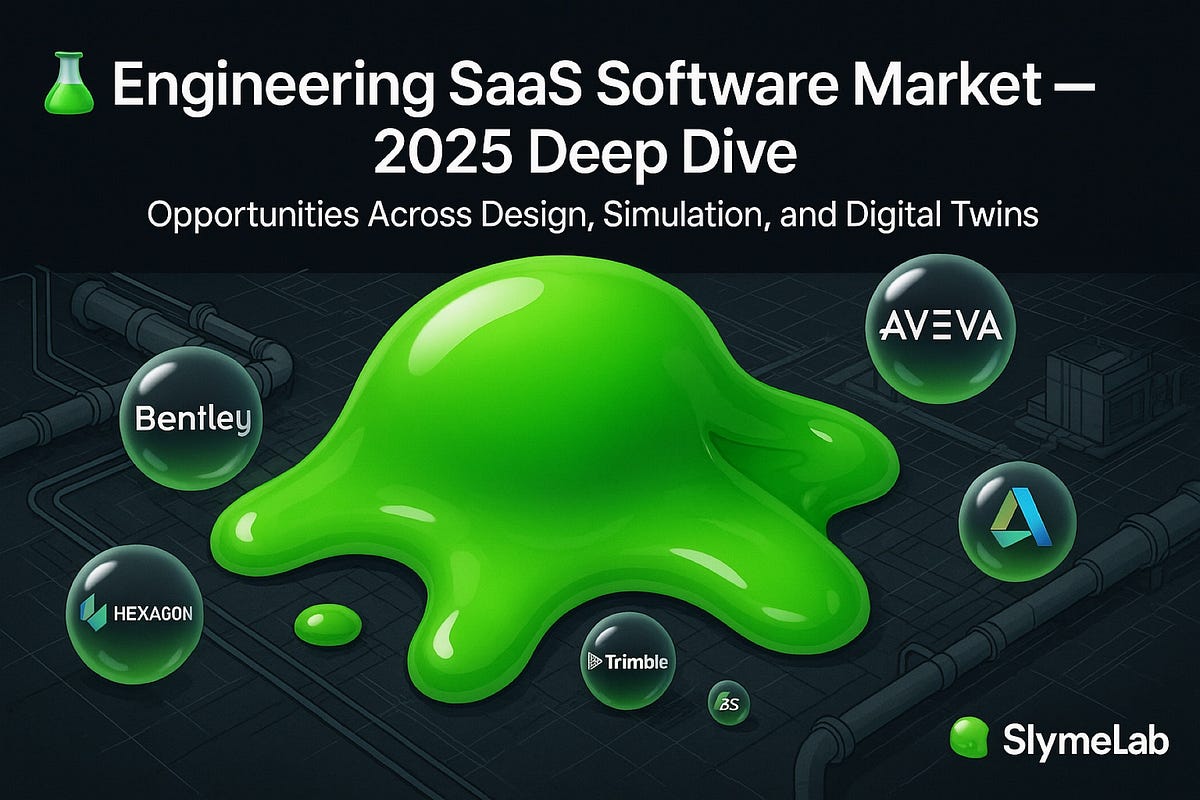
Image Credit: Medium
The $85B Engineering SaaS Market: Where the Next Decade of Growth Is Happening
- The Engineering SaaS market is experiencing significant growth driven by global infrastructure demand, ESG compliance, AI modeling, and digital twin technologies.
- By 2025, Engineering SaaS is predicted to surpass $85 billion globally, with key segments including AEC Design, Plant & Process, Simulation & CAE, Digital Twins, and AI Engineering SaaS.
- Engineering SaaS comprises five interconnected layers: AEC Design Platforms, Plant & Process Platforms, Simulation & CAE, Digital Twins, and AI Engineering SaaS.
- Private equity firms are heavily investing in the Engineering SaaS space, leading to the emergence of multi-domain giants and AI-native startups.
- A competitive power shift is underway in the market, with legacy SaaS providers facing challenges from AI-native SaaS companies offering faster onboarding and consumption-based pricing.
- The go-to-market complexity in Engineering SaaS involves enterprise ABM sales, solution selling, API embedded sales, and self-service PLG, catering to various stakeholders.
- Key metrics for success in Engineering SaaS include ACV, Net Revenue Retention, Usage Intensity, AI model accuracy improvement, sales cycle length, and product expansion rate.
- The future of Engineering SaaS lies in platforms mastering compounding AI flywheels driven by data growth, AI learning loops, workflow embedding, outcome automation, retention, and expansion.
- To succeed in the Engineering SaaS market, platforms need to deeply integrate into workflows, utilize AI learning loops, expand modularly, and deliver operational outcomes.
Read Full Article
22 Likes
Medium
248

Image Credit: Medium
Launch Early. Launch ‘Bad’ if You Have To. Then Iterate Until It’s Great.
- Great products like Airbnb, Slack, and Twitter didn't start perfectly but evolved through launches and feedback.
- Launching early allows for genuine user feedback, saves time, and enables rapid learning and improvement.
- The biggest mistake is waiting too long for an idea to be 'perfect' as it hinders progress and learning.
- Ideas evolve best when tested and the initial version serves as a starting point for improvements.
- Launching a rough version of an idea is better than waiting for it to be 'good enough.'
- The mantra emphasizes the importance of getting ideas out into the world and continuously improving.
- Launching early, even with a 'bad' version, allows for evolution and adaptation toward success.
- Questions to ask include determining the simplest version to launch and how to gather feedback for improvement.
- The best ideas develop through action, feedback, and iteration, emphasizing the need to listen and adapt.
- Turning a fragile idea into a successful product involves launching early and staying open to enhancements.
- The process involves starting with a basic version and using feedback to continually improve the product.
- Overall, early launches, active listening, and continuous improvement lead to successful product development.
- Ideas don't have to be perfect at the start but can evolve and improve over time with user input.
- Launching early and being open to feedback helps in creating strong and successful products.
- Emphasizing the importance of initiating ideas and allowing them to evolve through user interaction and feedback.
- Continuous improvement through early launches and feedback drives product success and development.
Read Full Article
14 Likes
Medium
401
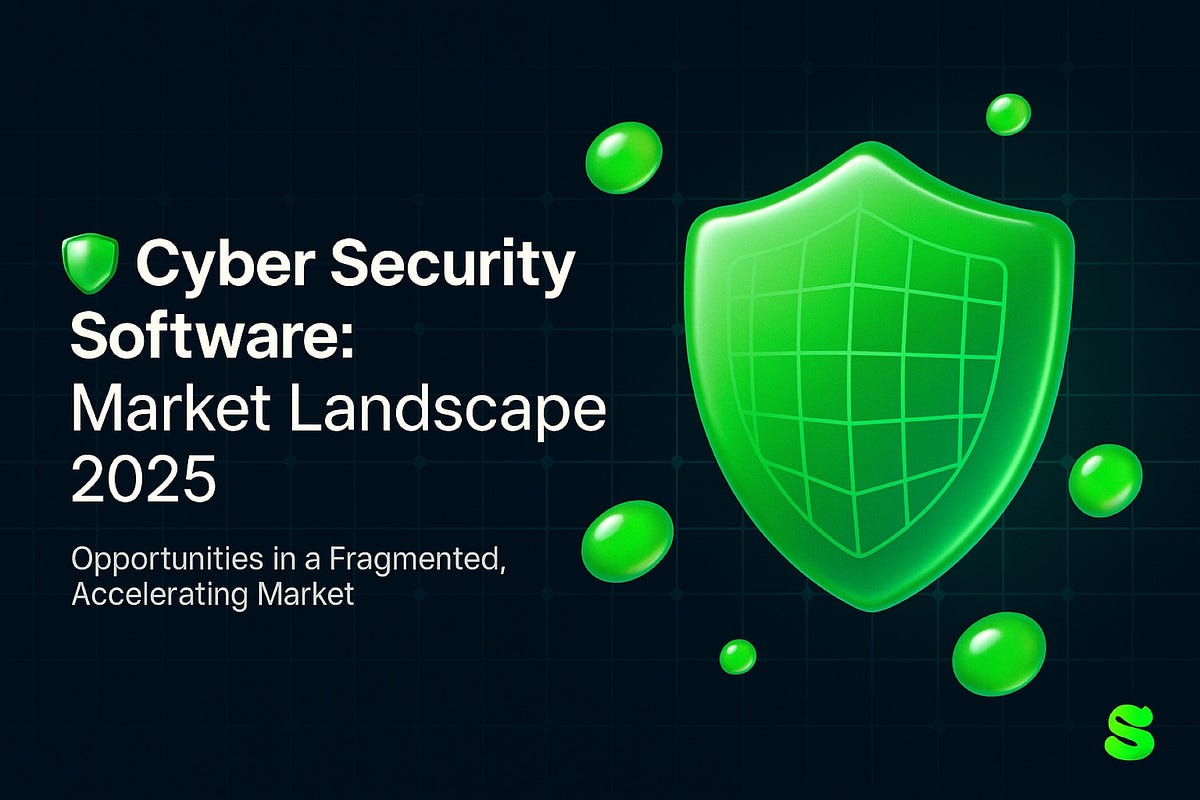
Image Credit: Medium
The $200B Cybersecurity Software Market: Where We Are, What’s Breaking, and What Comes Next
- The global cybersecurity software market is projected to exceed $202 billion in 2025, with growth driven by increasing complexity in organizations' IT environments.
- The market is divided into five core segments, including Network Security & Access, Identity & Access Management, SIEM/Threat Intelligence, Endpoint Security, and Governance, Risk & Compliance.
- Leaders are consolidating platforms, offering integrated solutions, while laggers continue to sell fragmented features.
- Key challenges in the cybersecurity market include unified identity control, predictive AI threat detection, vendor-stack fragmentation, and supply chain risks.
- New players are focusing on areas such as Agentic AI Security Ops, Unified Identity Layers, Data-Centric Security, Security-as-a-Service, and Compliance Automation.
- The cybersecurity industry sees continuous growth due to the interconnected cycle of digital surface area expansion, breaches, regulation, vendor purchases, integration complexity, and increased risk.
- AI-native platforms are seen as the future, with companies embedding AI deeply into their operating models for improved efficiency and security.
- Shifts in pricing models are occurring due to vendor sprawl, cloud-native cost disruption, and a trend towards outcome-based pricing with SLA-based security contracts.
- The future battlegrounds in the cybersecurity market will focus on industry specialization, SaaS-native embedded security, real-time observability, open API ecosystems, and simplified buyer experiences.
- The strategic meta-pattern indicates a move towards simplification, automation, and the integration of defense processes into digital operations.
- The cybersecurity landscape is evolving towards fewer tools, larger platforms, deeper AI integration, and simplified buyer models for enhanced security.
Read Full Article
24 Likes
Medium
109

Image Credit: Medium
Leading from the Edge: The Technology Gamble That Paid Off
- G+D Netcetera’s Forward Publishing powers online news sites and mobile apps for regional newspapers in Germany and Switzerland.
- The architecture design involved a reverse-proxy cache in front of content backends with short TTLs to balance throughput and content freshness.
- Reworking the backend architecture was deemed necessary due to redundant computation in processing requests for relatively unchanged content.
- The new approach aimed to move computation from request time to change time, fetching pre-denormalized content from a content event hub for efficiency.
- RAMA was chosen to simplify rendering, event-sourcing, and the database structure, improving system topology.
- An incremental content denormalization engine built using RAMA offered real-time, always-up-to-date content for customers.
- The transformation led to significant improvements in content propagation speed, system load handling, and database query simplification.
- Fully committing to bleeding-edge technology like RAMA carried risks but also drove the team, product, and business to new levels of success.
- Taking risks and committing to innovative technology can lead to substantial impacts on product development and business growth.
Read Full Article
6 Likes
Discover more
- Programming News
- Software News
- Web Design
- Devops News
- Open Source News
- Databases
- Cloud News
- Operating Systems News
- Agile Methodology News
- Computer Engineering
- Startup News
- Cryptocurrency News
- Technology News
- Blockchain News
- Data Science News
- AR News
- Apple News
- Cyber Security News
- Leadership News
- Gaming News
- Automobiles News
Medium
275

Image Credit: Medium
Leading the Charge: Cheyanne Mallas on Project Management in Cyber Security
- Cheyanne Mallas plays a crucial role in bridging business and technical teams in cyber security projects.
- She emphasizes that cyber security should be a shared responsibility with tangible outcomes like uptime, compliance, and customer trust.
- Defining scope and stakeholder roles is the initial step in securing cloud infrastructure or implementing MFA across a workforce.
- Mallas ensures everyone understands their role; legal teams focus on data privacy, CFOs on budget risks, and IT teams on clarity to prevent burnout.
- Regular touchpoints like standups and risk briefings are held to maintain project momentum and evolution rather than following a static checklist.
- Aligning technical work with business priorities is key, where a solution reducing breach probability can be seen as a business win, not just a security fix.
- Mallas highlights the importance of training employees, as even new hires unaware of phishing emails can become vulnerabilities if not educated.
- Demonstrating the business value of cyber security helps earn long-term executive support for future projects.
- Mallas believes in showcasing results over technical jargon to persuade executives to view cyber security as an investment rather than a cost.
- The ability to adapt quickly without losing momentum distinguishes strong cyber security project leaders.
- Her leadership style combines discipline with empathy, providing the necessary structure and flexibility for effective cyber security project management.
Read Full Article
16 Likes
Medium
151

Image Credit: Medium
From Idea to Impact: Why Product Development Services Are a Business Essential
- Ideas need proper execution to succeed in the business world.
- Businesses often struggle with bringing their ideas to fruition and reaching the market effectively.
- Product development services act as professional partners in transforming concepts into successful products.
- These services follow a structured approach from understanding goals to product deployment and support.
- They offer various solutions like creating wireframes, MVPs, using cutting-edge technology, and ensuring quality through testing.
- Companies are increasingly seeking efficient ways to innovate without overspending or wasting time.
- Product development services provide flexible, scalable solutions for startups and enterprises alike.
- A case study highlighted a fashion brand's success with a mobile app developed by a product development team, increasing user engagement significantly.
- Even without in-house tech expertise, businesses can benefit from partnering with product development services to bring their ideas to life.
- Having the right partner in product development can make the journey from idea to impact smoother, faster, and more efficient.
Read Full Article
3 Likes
Medium
48

Image Credit: Medium
From Vision to Victory: A Playbook for Product Strategy Analysis
- The playbook serves as a health check for product strategy analysis, allowing PMs to revisit and align the vision and mission regularly.
- Internal Scan involves mapping core resources and capabilities against the VRIO framework and analyzing product performance metrics and customer feedback themes.
- Behavioral drivers and macro drivers are examined to tailor strategic plays based on changing user mindsets and external factors.
- Offensive strategies involve going on the attack, defensive options strengthen existing strengths, shaping strategies aim to alter the competitive landscape, and adaptive or exit plays prepare for market changes.
- Strategic options are evaluated and prioritized based on alignment to vision, expected ROI, feasibility, and risk, helping create a balanced portfolio of moves.
- A value-effort or value-risk matrix is used to visualize the strategic options, enabling the identification of quick wins and long-term impactful plays.
- A disciplined prioritization process helps in selecting 3-5 top moves that blend quick impact with strategic depth, ensuring focus on key initiatives.
- Feedback loops are built in for regular review of milestones, reassessment of priorities, and proactive responses to market or internal shifts.
- Adaptive triggers are recommended to react in real time to performance indicators or competitor actions, ensuring agile decision-making.
- Documenting strategic pivots and rationale helps in maintaining organizational memory and adapting the roadmap dynamically to seize opportunities.
- By integrating structured strategy with adaptive agility, the playbook guides teams in driving alignment and momentum towards their vision effectively.
Read Full Article
2 Likes
Medium
113
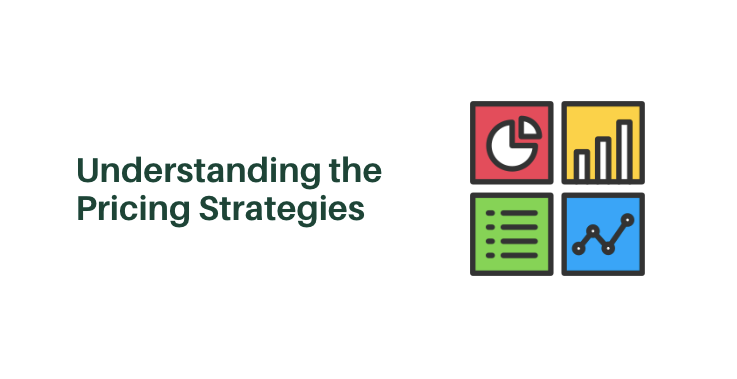
Image Credit: Medium
Understanding the Pricing Strategies
- Understanding pricing strategies involves more than cost and competitive analysis; it requires insight into customer value and trade-offs between volume and margin.
- Key pricing strategies include Cost-Plus, Competitive, Skimming, Penetration, and Value-Based, tailored based on product positioning on the strategic spectrum: low-cost, differentiated, or best-cost.
- Low-cost strategies focus on offering acceptable quality at competitive price points, utilizing models like cost-plus or penetration pricing for profitability.
- Differentiated strategies command premiums by standing out through features, brand, or service, often employing skimming or value-based pricing to target specific customer segments.
- Best-cost strategies aim to deliver differentiated features at reasonable prices, leveraging competitive pricing benchmarks and value-based techniques for long-term success.
- Competitive pricing is effective for price-sensitive markets, aiding quick entry and promotional campaigns, but should be combined with insights on customer value for sustainable pricing.
- Price skimming, while effective for innovative products, risks alienating price-sensitive segments and inviting fast followers if not executed strategically with clear price reduction plans.
- Penetration pricing is beneficial for products with network effects or high switching costs, but poses challenges like managing cash flow and setting proper price-increase roadmaps.
- Value-based pricing requires deep customer insight and economic modeling, posing challenges such as segment variations and time-intensive data gathering.
- Monitoring metrics like price elasticity, customer acquisition cost, and customer lifetime value, alongside qualitative feedback and market insights, is crucial for effective pricing strategy.
Read Full Article
6 Likes
Logrocket
358
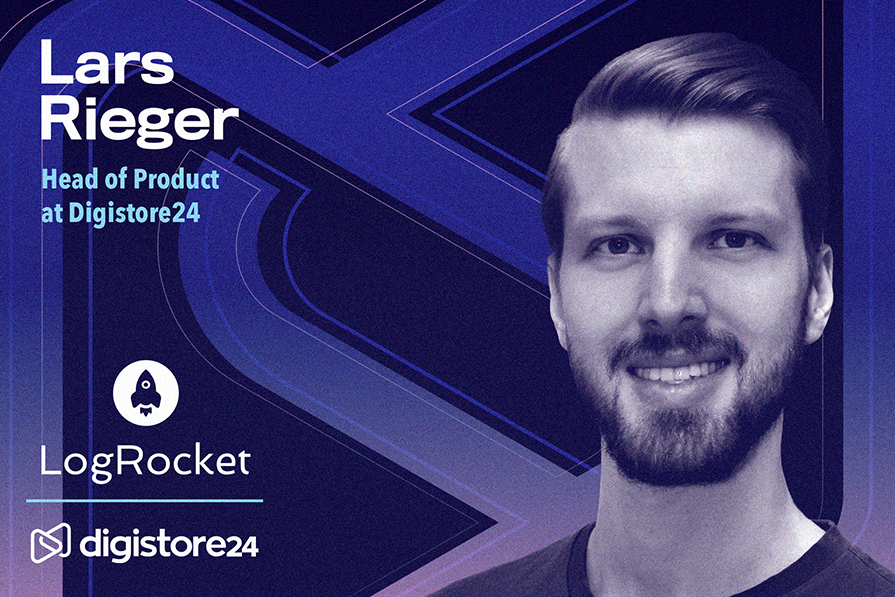
Image Credit: Logrocket
Leader Spotlight: Honing a relationship-first mindset, with Lars Rieger
- Lars Rieger is Head of Product at Digistore24 DACH and emphasizes relationships in product management.
- Having worked at the company at its early stage and experiencing its growth, he returned after working elsewhere.
- Lars discusses leading a digital transformation at Digistore24 and the role of culture in its success.
- Challenges during the transformation included dealing with old processes, lack of leadership, and cultural shifts.
- His approach focused on hiring the right people, improving ways of working, and promoting cross-functional communication.
- Transparent communication and showcasing meaningful progress were key in re-establishing trust within the company.
- Lars emphasizes a humble and curious leadership approach and the importance of continuous learning.
- He believes in investing in experts like Marty Cagan for team development rather than generic training.
- Building trust involves questioning communication methods and investing time in building personal relationships.
- At Digistore24, the relationship-first mindset influences how the team approaches product strategy and team building.
Read Full Article
21 Likes
Logrocket
4
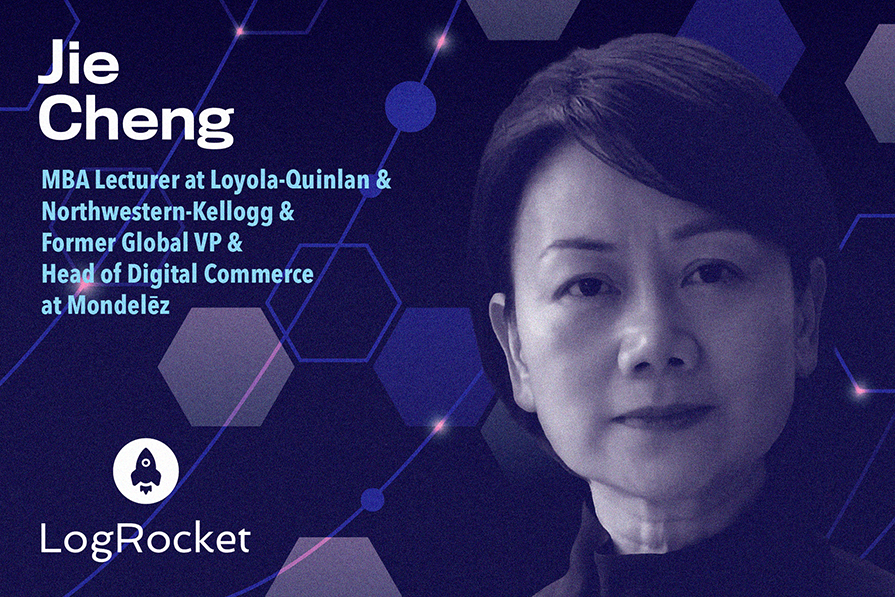
Image Credit: Logrocket
Leader Spotlight: Embracing lifelong learning, with Jie Cheng
- Jie Cheng has a diverse background in digital commerce, having worked at various companies such as Mondelēz International, Danone, Hershey Company, and Campbell Soup Company.
- She is passionate about education and now teaches MBA classes at Loyola University Chicago and Northwestern University.
- At Mondelēz, she aimed to capture the digital commerce market shift during the pandemic and set ambitious revenue targets as part of their Digital Commerce Vision 2030.
- Jie emphasized the importance of leadership alignment, cross-functional support, and setting clear roadmaps for expanding into new markets within digital commerce.
- She implemented frameworks to ensure digital commerce was integrated into core business planning and emphasized the importance of launching new products through ecommerce channels.
- Jie and her team tracked progress using financial and operational data, focusing on metrics like sales volume, market share, profitability, and digital shelf rankings.
- She shared the importance of embracing growth opportunities, motivating teams to reach higher, and having a continuous improvement mindset, even celebrating areas that need improvement ('celebrate the red, question the green').
- Jie highlighted the value of lifelong learning, taking stretch roles, and developing soft skills like emotional intelligence and storytelling in the evolving space of digital marketing and ecommerce.
- Regarding future trends, she noted the increasing role of AI in productivity augmentation, personalized marketing, and creative production, as well as the growing importance of sustainability and purpose-driven brands for Gen Z consumers.
Read Full Article
Like
Medium
157
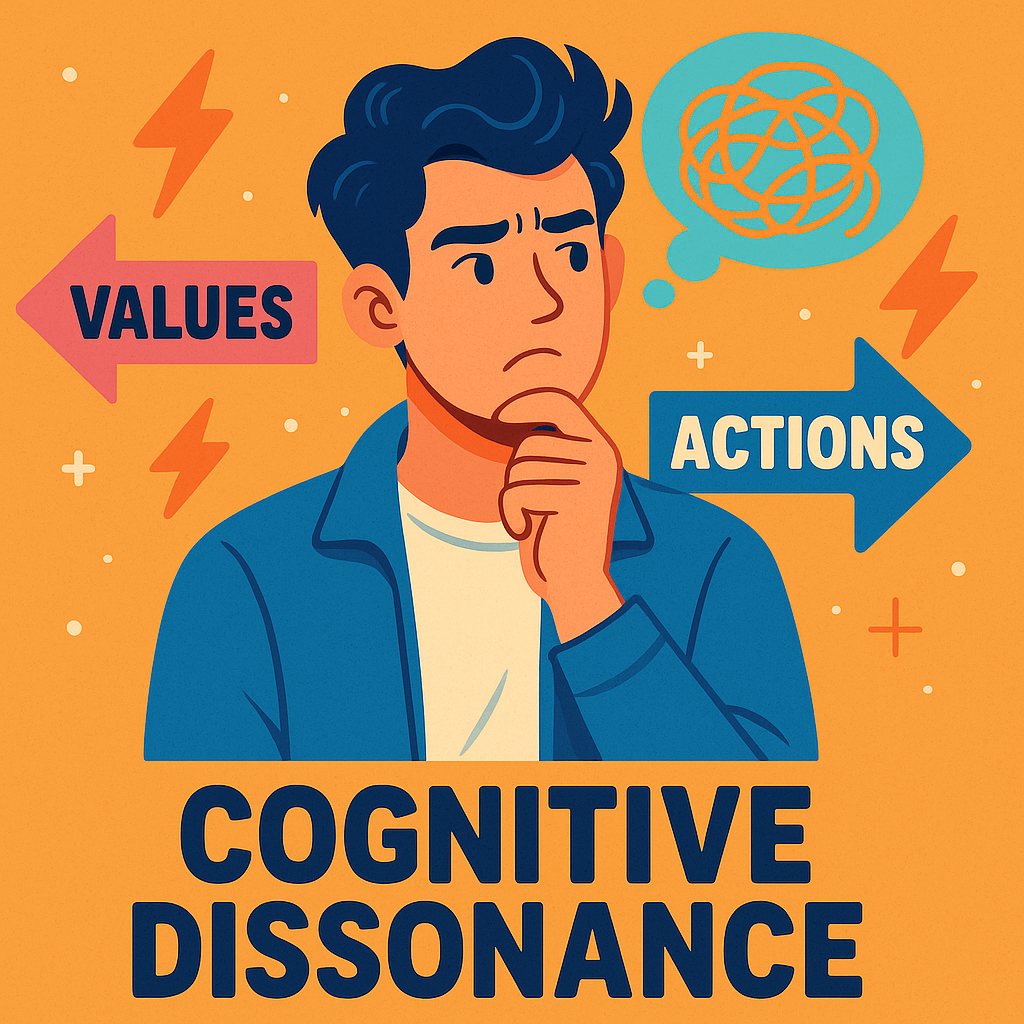
Image Credit: Medium
Cognitive Dissonance: The Quiet Conflict Undermining Everything
- Cognitive dissonance, coined by psychologist Leon Festinger, refers to the internal conflict when actions don't align with values or beliefs.
- In product and project management, individuals often experience cognitive dissonance, rationalizing decisions in complex roles.
- The balancing act in product management leads to feeling like a hypocrite and creating internal justifications to resolve dissonance.
- Project managers are pressured to maintain time, scope, and cost balance, resulting in contradictions and self-blame.
- When product and project managers operate from dissonance, frustration grows, and the product integrity suffers.
- Cognitive dissonance affects culture and behavior, becoming normalized and leading to disillusionment.
- Acknowledging cognitive dissonance allows for adaptation and growth in leadership.
- Transparency and self-awareness help in managing cognitive dissonance, promoting trust and conscious decision-making.
- Identifying personal values and aligning actions with principles can help in stopping the drift caused by cognitive dissonance.
- Repetitive conflicts indicate system flaws rather than personal failures, shifting the focus from individual shortcomings to systemic issues.
- Cognitive dissonance signifies a concern for doing things correctly and telling the truth, emphasizing the importance of addressing conflicts rather than ignoring them.
Read Full Article
9 Likes
Medium
170
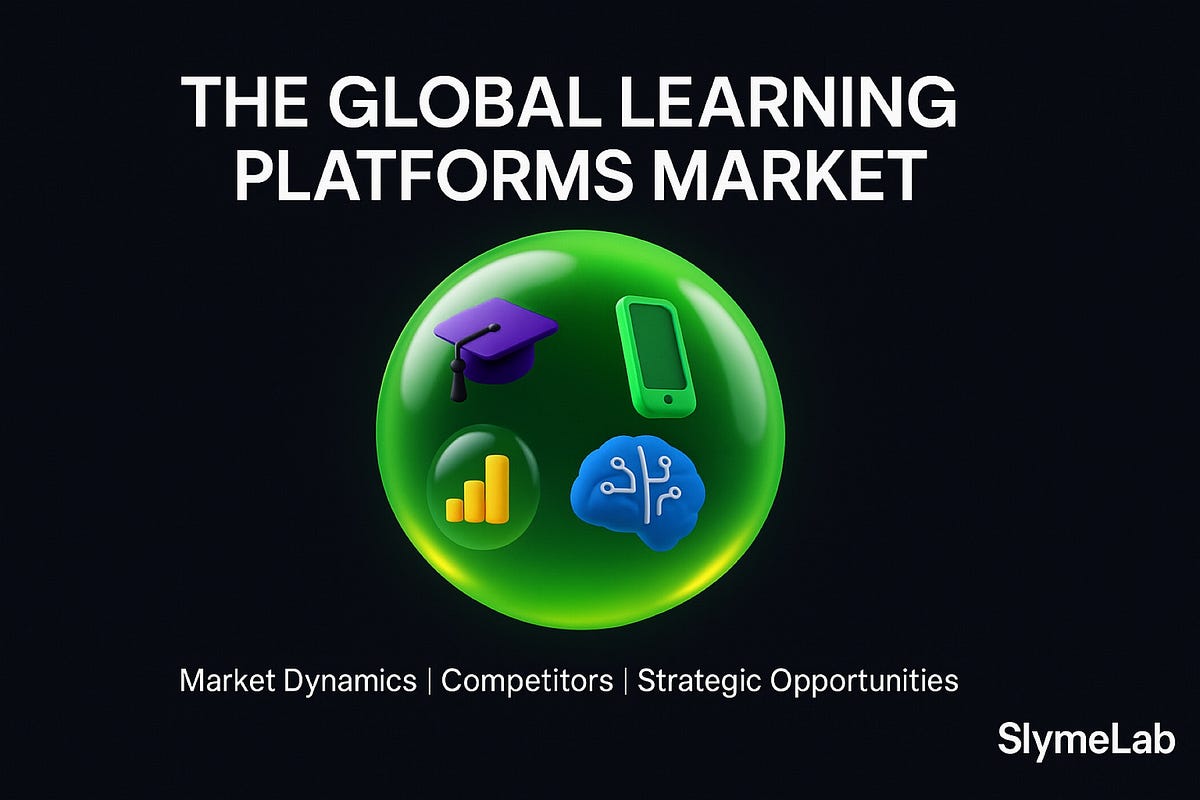
Image Credit: Medium
Inside the EdTech Landscape: Where Real Growth Will Happen Next
- The EdTech market is extensive and diverse, not a unified sector.
- EdTech is classified into four primary arenas: Credential Platforms, Skill Marketplaces, Enterprise Workforce Platforms, and Passion Economy / Mastery.
- Successful EdTech platforms focus on dominating one quadrant before expanding.
- Leaders in EdTech follow an adjacent expansion model to grow sustainably.
- EdTech businesses build defensibility differently in terms of partnerships, content, integration, and brand loyalty.
- Investors prioritize different key metrics based on the quadrant’s economic engine.
- Each EdTech model carries specific risks that need to be addressed early.
- Pricing models in EdTech vary based on the quadrant and target audience.
- The market size for various EdTech segments is projected to grow significantly by 2025.
- Exit scenarios in EdTech typically involve strategic M&A, private equity rollups, or IPOs.
- EdTech founders are advised to follow a checklist emphasizing quadrant understanding, building strong moats, logical expansion, pricing strategies, and credible exit plans.
Read Full Article
10 Likes
UX Design
340

Image Credit: UX Design
Interview with Zack White, Lead Product Designer at Whale, ex-BCG
- Zack White is a product designer who grew up in Winter Park, Florida and currently lives in Brooklyn, New York.
- His journey into product design started with an affiliation for art and drawing, leading him to eventually focus on UX design.
- Zack discusses how his family shaped his view of problem-solving, with influences from both detail-oriented and free-spirited perspectives.
- In his role at Whale, Zack focuses on identifying what to build for growth and developing features to address landlords' pain points.
- He faces challenges in convincing landlords to adopt new processes and utilizes AI in idea generation and user experience exploration.
- Zack finds AI less useful in the execution phase and emphasizes the importance of connecting design work back to business goals and user needs when pitching to stakeholders.
- He draws design inspiration from influencers, visual resources, and references favorite products as mental models for practical solutions.
- Zack reflects on learning moments in his career, emphasizes the importance of curiosity in designers, and highlights the need for business acumen in design decisions.
- He suggests designers differentiate themselves by building and shipping projects, gaining real-world experience, and embracing generalist roles in the evolving design landscape.
- As the product designer role evolves, Zack anticipates a need for broader toolkits, enhanced by AI to focus on strategy and problem-solving.
Read Full Article
20 Likes
Medium
170
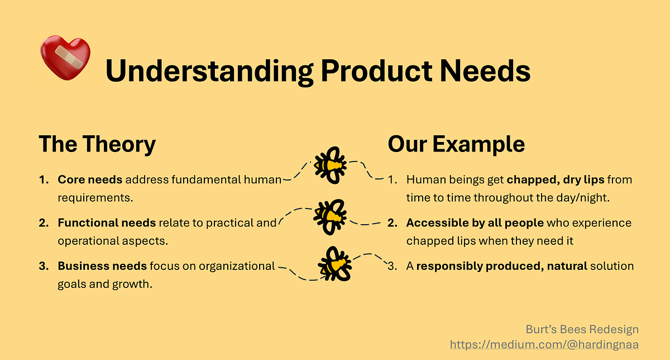
Image Credit: Medium
Why do we buy THAT lip balm? Like, really?
- Burt's Bees is focused on making lip balms to address the core need of dry and chapped lips.
- A poll from 2015 revealed that many Americans feel unattractive or less confident with dry or chapped lips.
- The business need for Burt's Bees is to create a natural, consciously produced product that makes people happy.
- The product must be accessible to everyone facing the issue of chapped lips.
- Understanding the core needs and design decisions will help in catering to Burt's Bees customers' sustainable skincare preferences.
- The project will follow a 9-step product innovation process.
- Step 2 involves scoping out the logistical restrictions and requirements of the project.
- Moving forward, the focus will be on tackling the Product Puzzle.
Read Full Article
10 Likes
Mossandfog
179

Image Credit: Mossandfog
Skymill is a Delightful Kinetic Weather Sculpture
- Skymill is a desktop weather sculpture designed by Gustav Rosén and crafted by KLONG, offering a poetic representation of the forecast.
- The sculpture features nine handcrafted metal icons that reflect real-time weather conditions in a graceful dance.
- Users can twist a knob to preview the weather hours ahead and view temperature and humidity readings on a discreet LED.
- An innovative feature includes a tiny bird indicator that appears if CO₂ or dust levels become unsafe.
- Skymill is housed in brushed copper with stainless gravures, showcasing craftsmanship with motorized arms gliding silently.
- The weather sculpture aims to reconnect individuals with the natural rhythms of their surroundings.
- Amid a digital age, Skymill encourages people to slow down, observe, and feel the weather.
- The product is concluding a successful Kickstarter campaign, offering a unique and artistic approach to weather visualization.
Read Full Article
10 Likes
For uninterrupted reading, download the app